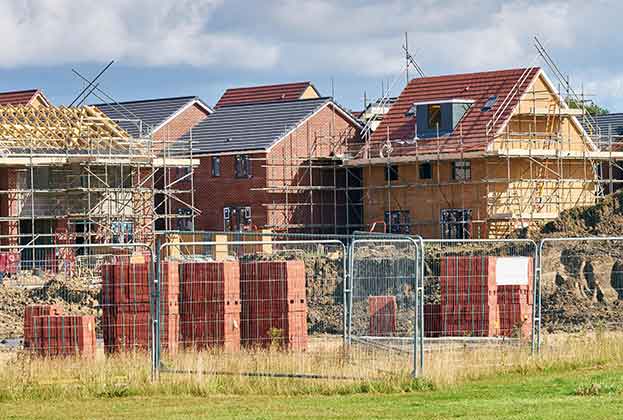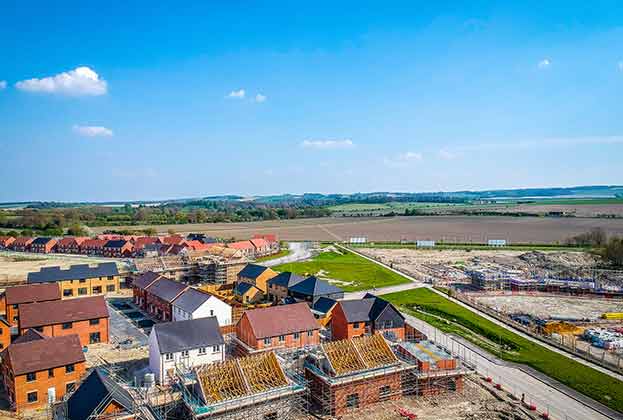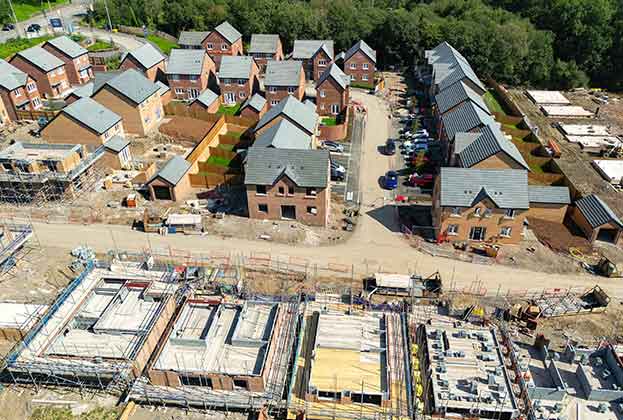A recent High Court ruling giving the green light to a residential development in the London borough of Hillingdon could signal a route to much needed housing in the capital.
On 15 December 2021, the High Court handed down its judgement on a legal challenge brought by Hillingdon Council against the Mayor of London concerning a proposed scheme at the site of the former Master Brewer Motel in North Hillingdon. The proposals were for a significant residential-led development (providing 514 new homes) rising to 11 storeys in height.
The outcome, which ruled in favour of the mayor, is one which will have significant consequences for the provision of tall buildings across the capital as it resolves the question of how the relevant policy in the London Plan, policy D9, is to be applied.
In brief, the council considered the height of the development to be unacceptable and in conflict with policy D9. The Mayor of London disagreed and granted planning permission in March last year after calling in the application for his determination. The council commenced a judicial review in May.
Policy D9 is split into three parts: definition, location and impacts. The most relevant parts of the policy, as quoted within the High Court ruling, are as follows:
Definition
Part A
Based on local context, Development Plans should define what is considered a tall building for specific localities, the height of which will vary between and within different parts of London but should not be less than six storeys or 18 metres measured from ground to the floor level of the uppermost storey.
Location
Part B
1. Boroughs should determine if there are locations where tall buildings may be an appropriate form of development, subject to meeting the other requirements of the Plan. This process should include engagement with neighbouring boroughs that may be affected by tall building developments in identified locations.
2. Any such locations and appropriate tall building heights should be identified on maps in Development Plans.
3. Tall buildings should only be developed in locations that are identified as suitable in Development Plans.
Impacts
Part C
1. Visual impacts
2. Functional impact
3. Environmental impact
There is also a Part D relating to public access, however this is an aside to this debate.
Key to the issue at hand was whether, as the council argued, parts A and B must be passed before a scheme can be assessed against the detailed criteria in part C. The court ruled that the council’s interpretation of the policy 'cannot be correct' going on to say:
Read straightforwardly, objectively and as a whole, policy D9:
i) requires London Boroughs to define tall buildings within their local plans, subject to certain specified guidance (Part A);
ii) requires London Boroughs to identify within their local plans suitable locations for tall buildings (Part B);
iii) identifies criteria against which the impacts of tall buildings should be assessed (Part C); and
iv) makes provision for public access (Part D).
There is no wording which indicates that Part A and/or Part B are gateways, or pre-conditions, to Part C.
The court determined that although the Hillingdon development would not be in compliance with Part B, the mayor’s judgement, which read the development as a whole and considered the benefits of the development against the non-compliance of Part B, was justified.
The upshot is that tall building proposals do not necessarily have to be located within defined tall building zones in Local Plans, and can be acceptable where they result in public benefit and are in accordance with the development plan as a whole.
Proposals for tall buildings outside identified zones should not be considered in a vacuum and should have regard to all parts of policy D9.
This is a key decision for future development in London, potentially allowing and setting a precedent for higher density development outside identified zones, something which could significantly contribute to housing supply.




.jpg)


.jpg)

.jpg)
